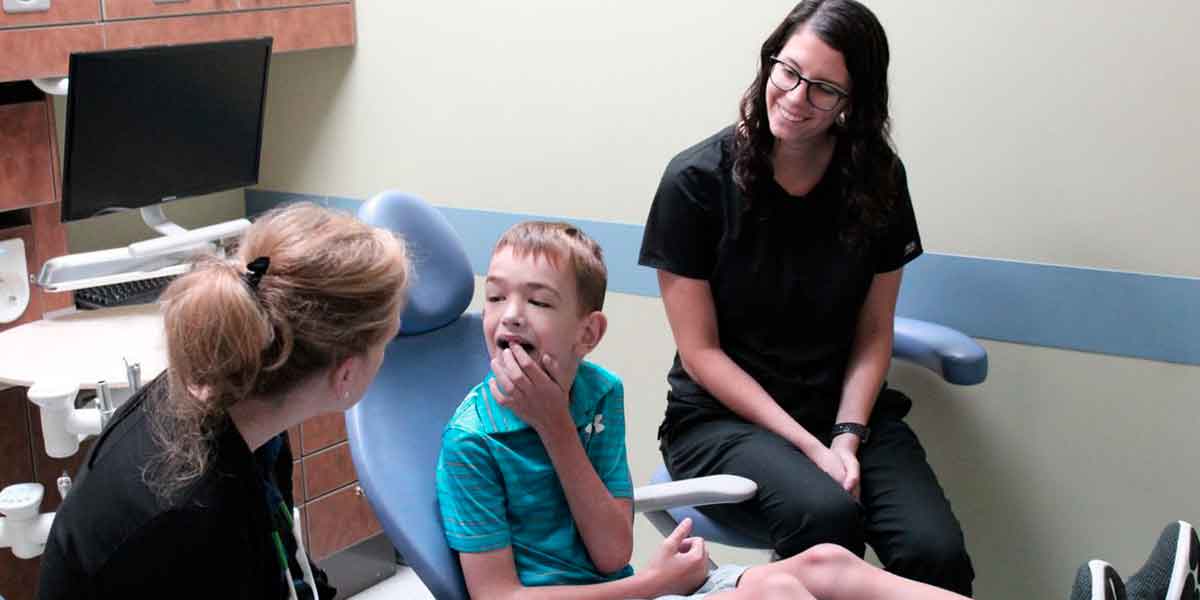- Difficulty with breastfeeding or bottle feeding
- Inability to extend the tongue beyond the lower front teeth
- Challenges in lifting the tongue to the upper teeth
- Speech impediments
- Issues with gum and dental hygiene
When a child is born with tongue tie, also known as ankyloglossia, it means that the tissue connecting the tongue to the mouth floor is too tight, short, or thick, limiting the tongue’s movement. This condition can impact various aspects of a child’s life, including breastfeeding, speech development, and oral hygiene. Seeking help from pediatric dentists in Brooklyn can provide solutions to improve the child’s quality of life.
Exploring Tongue Tie
The severity of tongue tie can vary, ranging from mild restrictions to significant limitations in tongue movement. Early detection and intervention are crucial to prevent potential complications associated with this condition.
Recognizing Symptoms of Tongue Tie
The signs of tongue tie can differ based on the child’s age. Some common indicators include:
Diagnosing Tongue Tie
A pediatric dentist or pediatrician typically diagnoses tongue tie through a physical examination. The healthcare provider assesses the tongue’s movement and the appearance and functionality of the lingual frenulum. In some cases, a speech-language pathologist may be consulted for further evaluation.
Options for Treating Tongue Tie
The treatment approach for tongue tie depends on its severity and associated symptoms. The primary objective is to enhance tongue mobility and function, which can be achieved through various methods.
Frenotomy Procedure
Frenotomy is a quick and straightforward procedure commonly performed on infants. It involves cutting the lingual frenulum to release the tongue. This procedure is brief, usually done with sterile scissors, and allows babies to breastfeed shortly after completion.




